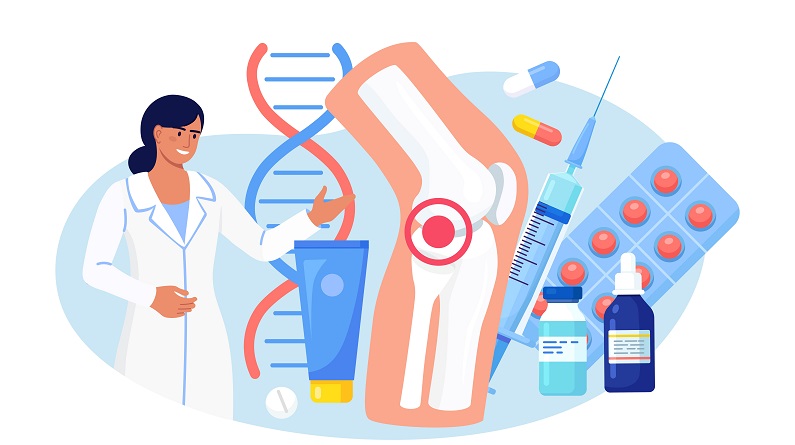The Unsung Heroes of Joint Health: Cartilage, Tendons, and Ligaments
Our joints are complex structures that enable us to move, twist, and turn with ease. But have you ever wondered what holds our joints together? The answer lies in three crucial components: cartilage, tendons, and ligaments. In this article, we’ll delve into the world of these unsung heroes and explore their functions, types, and importance in maintaining joint health.
Cartilage: The Shock-Absorbing Superstar
Cartilage is a soft, gel-like tissue that acts as a cushion between bones, absorbing shocks and reducing friction. It’s made up of cells called chondrocytes, which produce a special type of protein that forms a gel-like matrix. This matrix can absorb and retain water, making cartilage flexible yet resilient.
There are three main types of cartilage:
1. Hyaline Cartilage: Found in the trachea, nose, and joints, hyaline cartilage provides support and flexibility.
2. Elastic Cartilage: Rich in elastin protein fibers, elastic cartilage is extremely flexible and found in the external ears, nose, and larynx.
3. Fibrocartilage: Tough yet flexible, fibrocartilage is found in joints, such as the knee, hip, and shoulder, and provides mechanical support.
Tendons: The Connectors
Tendons are strong, elastic connective tissues that attach muscles to bones, enabling movement. They transmit the mechanical force of muscle contraction to the bones, facilitating movement.
Ligaments: The Stabilizers
Ligaments are tough, fibrous connective tissues that hold bones together at the joints, providing stability and support. They’re found in various joints throughout the body, including the head, neck, thorax, shoulders, elbows, wrists, pelvis, knees, and ankles.
Specialized Ligaments
Some ligaments have specialized functions:
1. Peritoneal Ligaments: Support the organs in the abdominal cavity.
2. Periodontal Ligament: Attaches teeth to the surrounding alveolar bone.
In conclusion, cartilage, tendons, and ligaments are essential components of our joints, working together to provide support, stability, and flexibility. Understanding their functions and importance can help us appreciate the complexity and beauty of our musculoskeletal system.
References:
http://sites.bsyse.wsu.edu/pitts/be120/Handouts/animal
https://www.stanfordchildrens.org/en/topic/default?id=anatomy-of-a-joint-85-P00044

